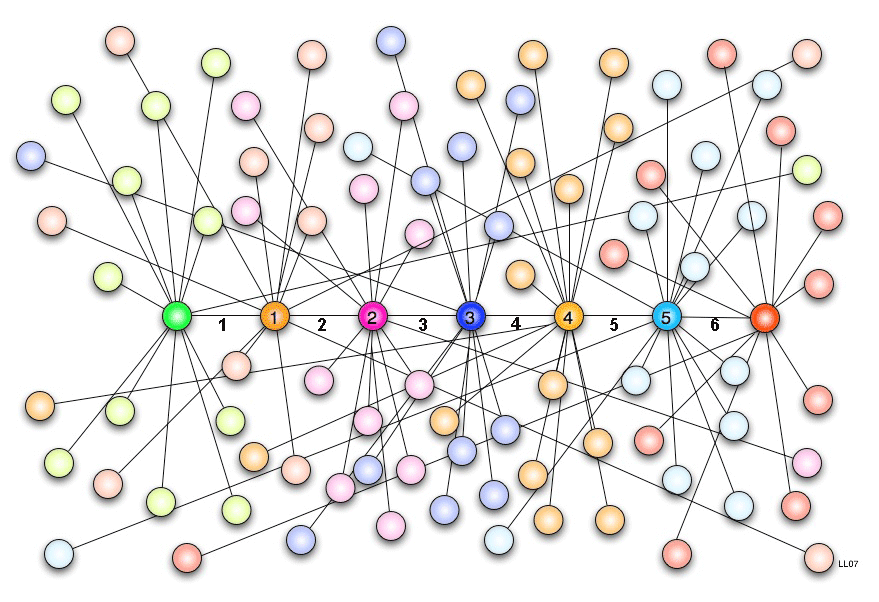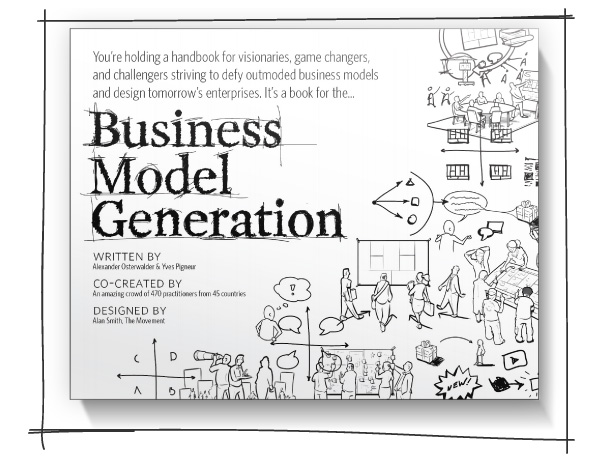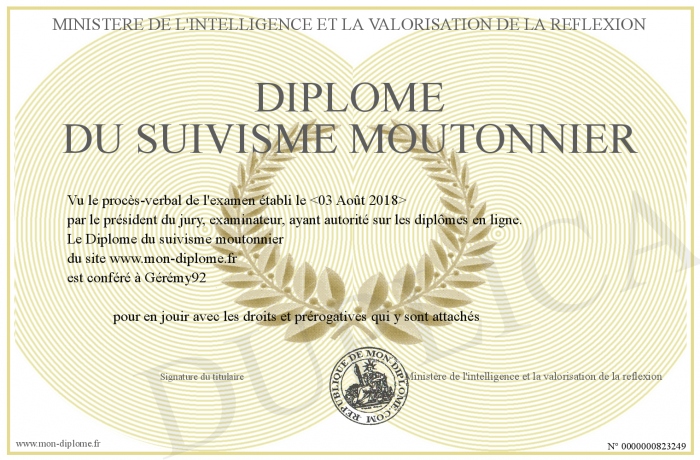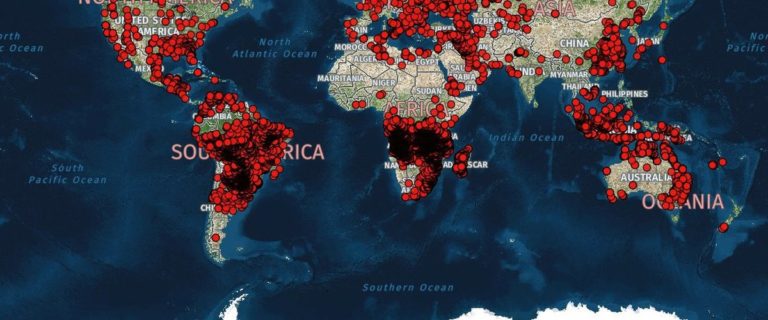
Depuis toujours les dirigeants qui pratiquent une attitude d’ouverture et préservent une partie de leur temps relationnel avec leur écosystème le savent déjà : Il n’est pas utile d’avoir un carnet d’adresses impressionnant, il faut simplement modifier son attitude vis-à-vis des autres pour se constituer les relais indispensables vers d’autres disciplines, vers d’autres expertises.Inutile en effet de vouloir connaître trop de monde. Dans toutes les disciplines, il existe des relais qui ouvrent les portes de véritables réseaux d’influences. Connaissez-vous le nombre d’Erdِos? Il correspond au nombre minimum de personnes à connaître pour, de proche en proche, être en relation avec la planète entière. Deux chercheurs de l‘Université de Cornell de l’Etat de New York se sont attachés à découvrir le mécanisme de ce mode de contamination. Ils ont ainsi isolé une “ fractale de la relation ” qui réduit à six le maximum d’attaches communes du monde entier. Ils désignent cette fractale sous le terme de “réseau du petit monde” qu’ils ont découvert en étudiant les liens et le degré de clanisme de trois types de réseau : le “réseau des connexions des neurones d’un ver” (le nématode), le nombre de liaisons covalentes d’un réseau électrique aux Etats-Unis et l’organisation des relations de plusieurs acteurs hollywoodiens. Leur travail a consisté à montrer comment la structuration de ces réseaux permettait de réduire à six liens un monde considéré dans un premier temps plus vaste et plus complexe1. Nous avons en général beaucoup de mal à nous imaginer la puissance relationnelle d’une organisation en réseau ou son pouvoir de contamination. Imaginons, comme le propose Bruno Martin-Vallas2, que vous êtes dans un pays d’un milliard d’habitants. Un matin, un de ces habitants arrive au bureau, vers 8 heures, avec une nouvelle étonnante qu’il raconte à quatre personnes dans la première heure. Chacune s’empresse de la raconter à quatre autres personnes dans l’heure suivante. Ainsi de suite, chaque personne entendant la nouvelle la transmettant dans l’heure qui suit à quatre autres personnes. Question : en combien de temps le pays sera-t-il entièrement informé de la nouvelle ? Réponse : le même jour, avant minuit ! Imaginez maintenant que ce pays dispose d’Internet.
 En utilisant « l’effet club » des ordres de grandeur croissant, grâce à l’Internet le chef d’entreprise, ses collaborateurs, deviennent capables de mobiliser de nombreux relais pour multiplier les transactions les plus diverses. Ils sont en mesure d’actionner avec un minimum d’effort leurs relations avec des expertises (écoles, anciens condisciples, associations professionnelles). Dans la relation clients, ils exercent directement ou indirectement une présence constante (le buzz) dans les forums d’affaires spécialisés (marketsplaces, sites Internet spécialisés) en faisant connaître leurs innovations et leurs références. Ils deviennent organisateurs d’événements ou de projets afin d’attirer l’attention sur eux en utilisant avec habileté leurs relais d’opinion (presse, forums de contributions, éditeurs en ligne) et leurs propres prescripteurs. Enfin, ils pratiquent la transaction d’intérêt partagé avec d’autres partenaires d’affaires. Cette composition et recomposition permanente des alliances éphémères, opportunistes, ne suit pas une logique linéaire toujours bien visible et ordonnée. Chaque intervenant, chaque internaute, sans forcément connaitre tout le monde peut, grâce à un maximum de six liens, faire appel à la sono mondiale de ses réseaux pour entrer en contact avec les plus inaccessibles des interlocuteurs. Cette capacité à accepter les liens de partenariats et de relais – « du réseau du petit monde »- devient un facteur crucial de succès dans les années à venir. Aussi, lorsque l’on note l’absentéisme de certains chefs d’entreprises dans les réunions professionnelles, dans les réseaux socioprofessionnels on comprend qu’isolés et sachant le rester, ils soient moins compétitifs que ceux qui multiplient et soignent leurs relations d’affaires, y compris maintenant dans les réseaux électroniques.
En utilisant « l’effet club » des ordres de grandeur croissant, grâce à l’Internet le chef d’entreprise, ses collaborateurs, deviennent capables de mobiliser de nombreux relais pour multiplier les transactions les plus diverses. Ils sont en mesure d’actionner avec un minimum d’effort leurs relations avec des expertises (écoles, anciens condisciples, associations professionnelles). Dans la relation clients, ils exercent directement ou indirectement une présence constante (le buzz) dans les forums d’affaires spécialisés (marketsplaces, sites Internet spécialisés) en faisant connaître leurs innovations et leurs références. Ils deviennent organisateurs d’événements ou de projets afin d’attirer l’attention sur eux en utilisant avec habileté leurs relais d’opinion (presse, forums de contributions, éditeurs en ligne) et leurs propres prescripteurs. Enfin, ils pratiquent la transaction d’intérêt partagé avec d’autres partenaires d’affaires. Cette composition et recomposition permanente des alliances éphémères, opportunistes, ne suit pas une logique linéaire toujours bien visible et ordonnée. Chaque intervenant, chaque internaute, sans forcément connaitre tout le monde peut, grâce à un maximum de six liens, faire appel à la sono mondiale de ses réseaux pour entrer en contact avec les plus inaccessibles des interlocuteurs. Cette capacité à accepter les liens de partenariats et de relais – « du réseau du petit monde »- devient un facteur crucial de succès dans les années à venir. Aussi, lorsque l’on note l’absentéisme de certains chefs d’entreprises dans les réunions professionnelles, dans les réseaux socioprofessionnels on comprend qu’isolés et sachant le rester, ils soient moins compétitifs que ceux qui multiplient et soignent leurs relations d’affaires, y compris maintenant dans les réseaux électroniques.
La Lettre d’Eurotechnopolis Institut Nº 31 – Février/Mars 2003 Denis Ettighoffer
1 Article in Nature, New Scientist, repris par Courrier International du 1er juillet 1998. Des chercheurs de l’université américaine de Notre Dame dans l’Indiana auraient abouti, selon la revue Nature, au même résultat. Ils précisent, alors qu’il existe plus d’un milliard de pages sur le Web, qu’en cas de recherche avec dix-neuf web-clics on obtient la distance moyenne entre deux documents de la toile.
2 Auteur prolifique de “ nano-livres ” de réflexions, perturbateur infatigable des idées reçues. Voir, entre autres, Histoires citoyennes (http://www.deddynano.com/) où l’on retrouvera le calcul du résultat.














